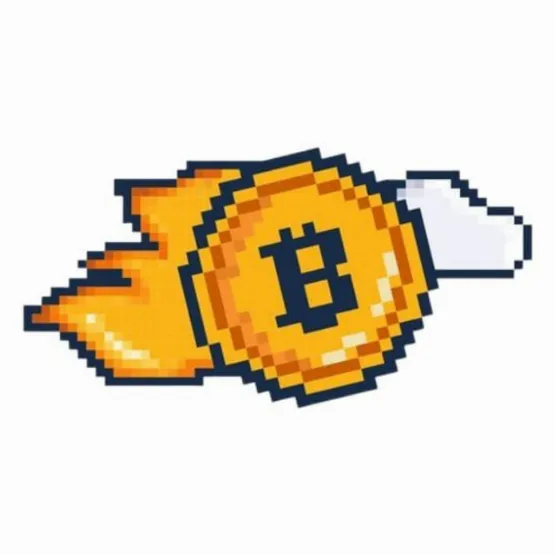- Early Years and the Founding of Frax
- Frax: Dual-Layer Approach and Initial Success
- Expanding Capabilities: Frax v3 and Fraxchain
Sam Kazemian significantly contributed to the world of cryptocurrencies by creating Frax, a stablecoin based on a unique combination of algorithmic stability and full collateralization.
Early Years and the Founding of Frax
Sam Kazemian’s foray into the realm of cryptocurrencies began not as a calculated financial enterprise, but as a natural extension of his great interest and passion for creative technologies. The possibilities and expanding digital worlds of the internet always drew Kazemian as a child. This passion eventually led him to the chaotic and unregulated realm of cryptocurrency throughout his undergraduate years. But it wasn’t simply the potential of decentralized finance that piqued his interest; it was also the obvious inefficiencies and volatility that accompanied it. In 2019, Kazemian co-founded Frax as a result of his dissatisfaction with the current stablecoins. These assets, which were intended to maintain a steady value relative to a fiat currency such as the US dollar, were either highly centralized or overly reliant on vulnerable algorithms.
Frax: Dual-Layer Approach and Initial Success
Frax was launched in December 2020 and rapidly became a sensation in the DeFi (Decentralized Finance) community. The protocol presented a novel paradigm that blended algorithmic supply changes with collateral reserves, ensuring that one Frax was always worth one dollar. This concept differed significantly from the traditional stablecoins of the time, which either depended substantially on collateral (like Tether) or solely on algorithms (like the ill-fated Terra). Kazemian’s method was groundbreaking. He recognized that, in order to achieve true stability, a stablecoin required both mathematical rigor and tangible assurance in the form of collateral. In an industry where cynicism and uncertainty are rampant, this dual-layered approach not only provided stability but also encouraged user trust.
Expanding Capabilities: Frax v3 and Fraxchain
As Frax expanded, so did Kazemian’s vision for the project. In 2023, he introduced Frax v3, a major improvement that increased the protocol’s stability. This version aims for a fully collateralized approach, addressing one of the most common objections leveled at algorithmic stablecoins: their sensitivity to market shocks. Under Kazemian’s leadership, Frax implemented a 100% collateralization ratio, ensuring that every Frax in circulation was backed by real assets. But Kazemian was not satisfied with simply increasing Frax’s stability. He also wanted to enhance its capabilities and reach. One of his most ambitious initiatives is Fraxchain, a Layer 2 solution designed to improve the scalability and interoperability of the Frax ecosystem.
Sam Kazemian envisions a future in which Frax is more than just a stablecoin and a key component of the global digital economy. His strategy of integrating with other blockchains and releasing new products like sFRAX and FXB helps solidify Frax’s position in the next generation of decentralized finance.







Comments